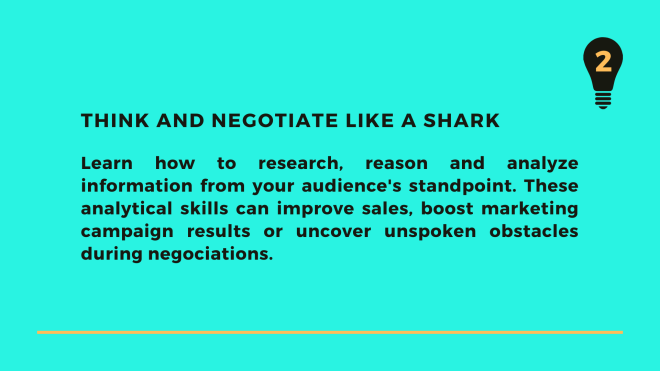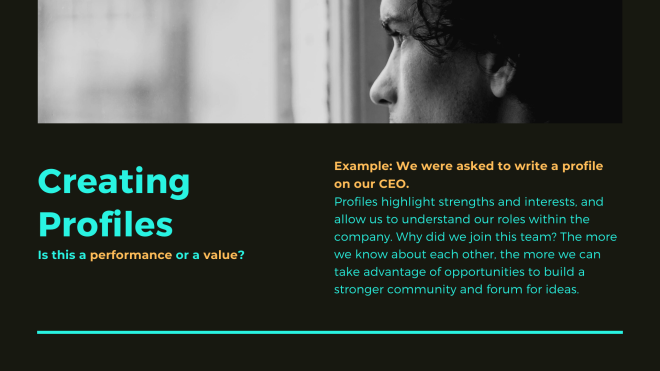Strategy
According to Jeremy Heimans and Henry Timms, authors of Understanding “New Power”, cooperation is “rewarding those who share their own ideas, spread those of others, or build on existing ideas to make them better.” This may be false. Cooperation is a tricky territory to navigate, especially within an environmental or technological domain. Still, a significant paradigm shift to consider – if we are moving forward, we must let go of ownership and authority to create a new wave of energy. This energy or humanistic data governance (AI) describes every interaction (digital and human) we make, and we should comply accordingly. As a writer, this can mean less writing. As a business owner, this could be thinking more dynamically. Energy is a force. It is in itself a superstructure.
New power models will always have limited influence and impact unless they are operating within a superstructure designed to play to their strengths.
Governance
The idea of new power is not new. For centuries, humans have searched for ways to influence society, and it is no different today. One thing’s for sure, in environmental technology (purposeful applications that utilize digital environments to authenticate realities), a ‘superstructure’ is required to transform high-level ideas into physical products. We lose product direction without a proper process (energy) in place.
AI is fluid, though noninterchangeable and can digress. A physical product is a term best used to describe an outcome. In digital reality, a new power takes actionable items related to spatial and non-spatial information to influence a decision-making process, which leads to a result.
An example of this is a dream. So, on a larger scale (the dreamscape), new power (our human ability to dream) can affect human mentality (how we feel when we wake up), it can direct human conversation (self-banter), and ultimately, it can change the way we do things (feeling sad instead of happy). Product direction requires a dream, one that can be unlocked following precise steps, as if when you awoke from your dream you could remember every vibrant detail.
New power operates differently, like a current. It is made by many. It is open, participatory, and peer-driven. It uploads, and it distributes. Like water or electricity, it’s most forceful when it surges. The goal with new power is not to hoard it but to channel it.
Branding
I wouldn’t put it any differently. New power disables groupthink. The main distinction is that peers are not forced to agree with ideas, but rather can propose alternatives or contrasting ways to look at situations. Energy has a voice and the voice has a force. Individually, we can select bits and pieces then take what we choose to be the most vital outcome or result.
It is easy to hoard ideas, hence why we share ideas through various modes of communication (social media, ads, websites). At the moment where ideas surge (individual brands becoming a full brand suite), we can use the opportunity to address a group of topics so that a more specific and arguably necessary topic can arise (how do we take a humanistic behavioralist approach to products).
Digital branding takes us back to a commonplace, to a dream, in an abrupt fashion (it is constantly changing). The current social atmosphere lets us choose how our human mind responds to digital anomalies (do we create or does creation make us), and when we are rendered incapable of seeing (becoming incapable of interpreting data), we know that it is time to try a different strategy.
As new power models become integrated into the daily lives of people and the operating systems of communities and societies, a new set of values and beliefs is being forged. Power is not just flowing differently; people are feeling and thinking differently about it.
Security
This is AI. Models, in essence, switching established paradigms into new sets of values and beliefs. It impacts people and precisely their emotions, behaviours and insights. We can sense the change; we just haven’t figured out how to contextualize it. Digital branding gives us the power of autonomy – it integrates into our daily lives, and it is the marketer’s responsibility to make the message loud and clear – we are not scared of machines, we are still in charge.



















